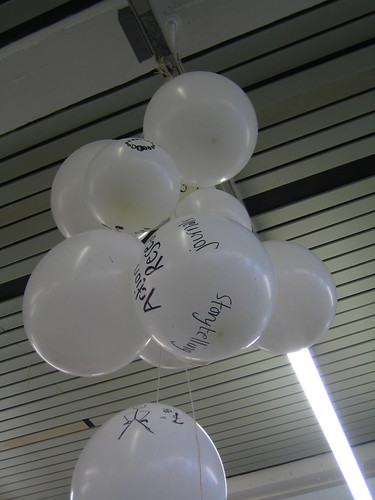This morning I had an interesting chat with Florence Andrews, co-founder of We Are Curious, at the Lighthouse Cafe in the gray rainy Glasgow. We Are Curious might be the only British Service Design cosultancy not located in London. (please let me know if you know of any other examples outside London!) Florence simply said, we don’t want to leave Glasgow to do service design, so we decide to start a business here. The company is established in 2005 with the support of NESTA and so far have developed a rich portfolio of design projects from education to healthcare areas.
Florence describes their work as not strictly service design, they take on many different types of work, but the key is to involve as many people as possible in the design process, especially users. In order to understand user’s needs and the social environment from which these needs emergies, often service designer need to develop a certain level of the regional knowledge that is close to the user’s day-to-day living condition. We Are Curious is very proud of the empathy towards the client organisation and the service user in their practice, especially towards the people in the Glasgow region. This makes me think of the locationlization of service systems. One of the charactieristics of service is the highly customization of cutomer offerings. That understanding of people, their love and sorrows, their dreams and fears, is perhaps the most important transferable knowledge of service designer in their various practicies.
The idea I got today is that maybe we shall encourage our young designers to try and start their service design practices wherever they are living and to seed the idea of ‘serivce thinking’ into whatever projects they are involved no matter where they will be working.
If Service Design, as Buchanan suggests, is about justice. Then justice is needed everywhere, isn’t it?.






